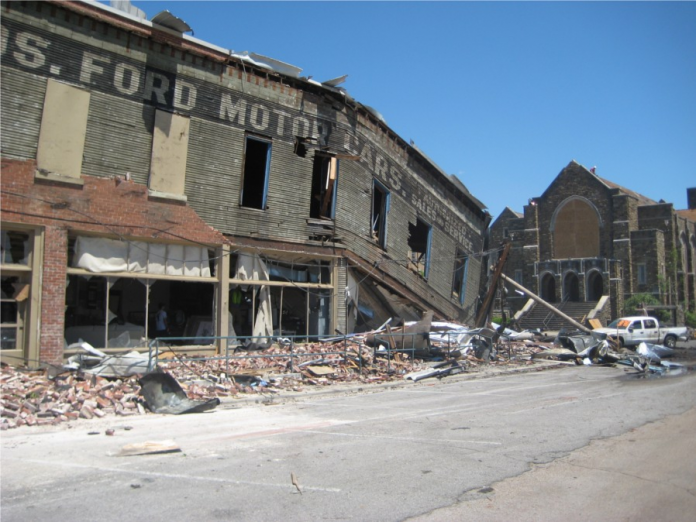
CULLMAN, Ala. – Training and preparation are necessary tools for the emergency management system, but all the training in the world cannot fully prepare responders for an event like the 2011 tornado outbreak. The real-world disaster provided on-the-job training for the Cullman County Emergency Management Agency (CCEMA) that has shaped how the system responds to events today.
CCEMA director Phyllis Little told The Tribune, “Cullman EMA and local responders learned that even with the number of resources available in our community and north Alabama mutual aid counties, there are times when there are not enough resources to go around. We learned to think more ‘outside the box’ when it came to providing assistance. Prior to 2011, north Alabama counties were routinely requested to augment south Alabama counties during/after hurricanes. Now, south Alabama counties reach out to north Alabama counties to provide assistance following large-scale events.
“The 2011 tornadoes did further confirm that the Cullman County community as a whole will do whatever is necessary to help themselves and assist their neighbors when disaster strikes. Since the 2011 events, CCEMA has worked with local agencies to improve disaster response plans and to better prioritize limited resources during catastrophic events. Working together on large-scale scheduled events like Rock the South, Strawberry Festival, Oktoberfest, County Fair Parades etc. has provided opportunities for local response agencies to develop specific plans for each event and to coordinate communications/personnel needed to respond. This in turn has improved our collective response to disaster events.”
What would be different in the response if a similar disaster occurred now?
Little said, “Local agencies have a better understanding of the capabilities each has, along with how those capabilities can be utilized. Overall, the relationships that have been built among the agencies during non-emergency events and on a day-to-day basis, have increased our effectiveness when working together. It’s much easier to get to know one another when there is not an emergency. There is a level of trust between disciplines that has developed and grows each time there is an event, scheduled or no notice-–disaster-type. That trust between agencies/disciplines/personnel continues to grow with each event. Our communication capabilities are much better than they were 10 years ago. Planning and training together makes each agency stronger and our response to disaster more effective.
“Immediately after the 2011 outbreak, over 200 local residents applied for Federal Emergency Management Agency (FEMA) grants to construct individual safe rooms/storm shelters. Many communities have received FEMA grants to construct community storm shelters and those shelters are utilized when needed.
“We just experienced a weather event last month that was shaping up much like the 2011 storms in the days prior. CCEMA sent out weather information by email, text, social media, local news media, etc. Local residents were much more aware of the impending storms and took action earlier that they may have done in the past. Local response agencies prepared for the worst–case scenario and reviewed response plans. The emergency response community would have been ready to immediately go into action with the lessons learned in the past. Thankfully, the worst did not happen.”
Like many other emergency management specialists and meteorologists, Little pointed to the value of online and smart device resources to help people get ready for storms.
Said Little, “Improvements to available technology have provided many opportunities to connect with local residents following a disaster, including the Cullman EMA app. The app is free and includes information regarding the location of community shelters (along with a map), weather alerts, road conditions, school closings, preparedness tips and a tab for residents to report storm damage direct to the EMA. Pictures can be added to the damage report.”
The app can be downloaded in the App Store for both IOS and Android devices by searching for “Cullman EMA.” There is also a link, as well as a community shelter list on the Cullman EMA website at www.cullmanema.org.
Copyright 2021 Humble Roots, LLC. All Rights Reserved.



























